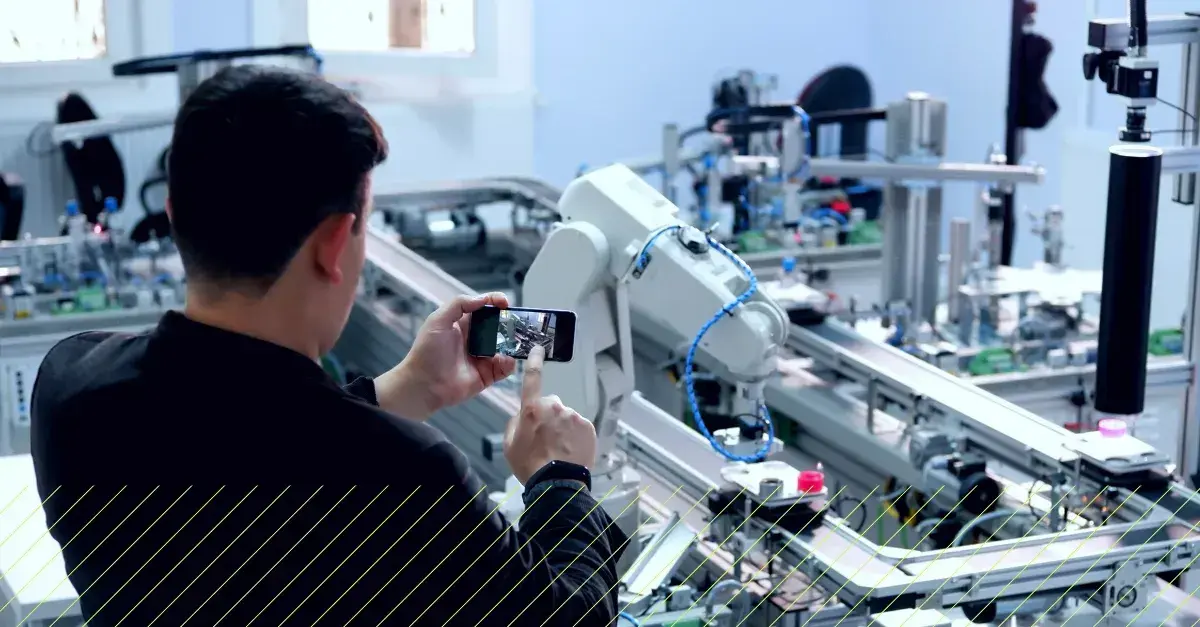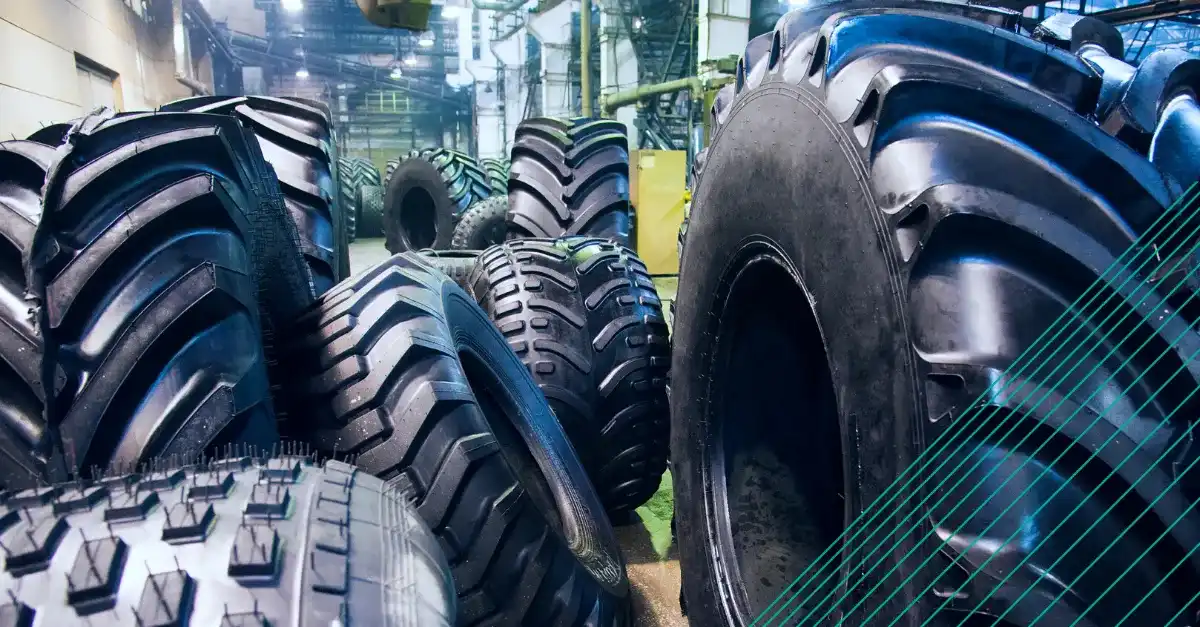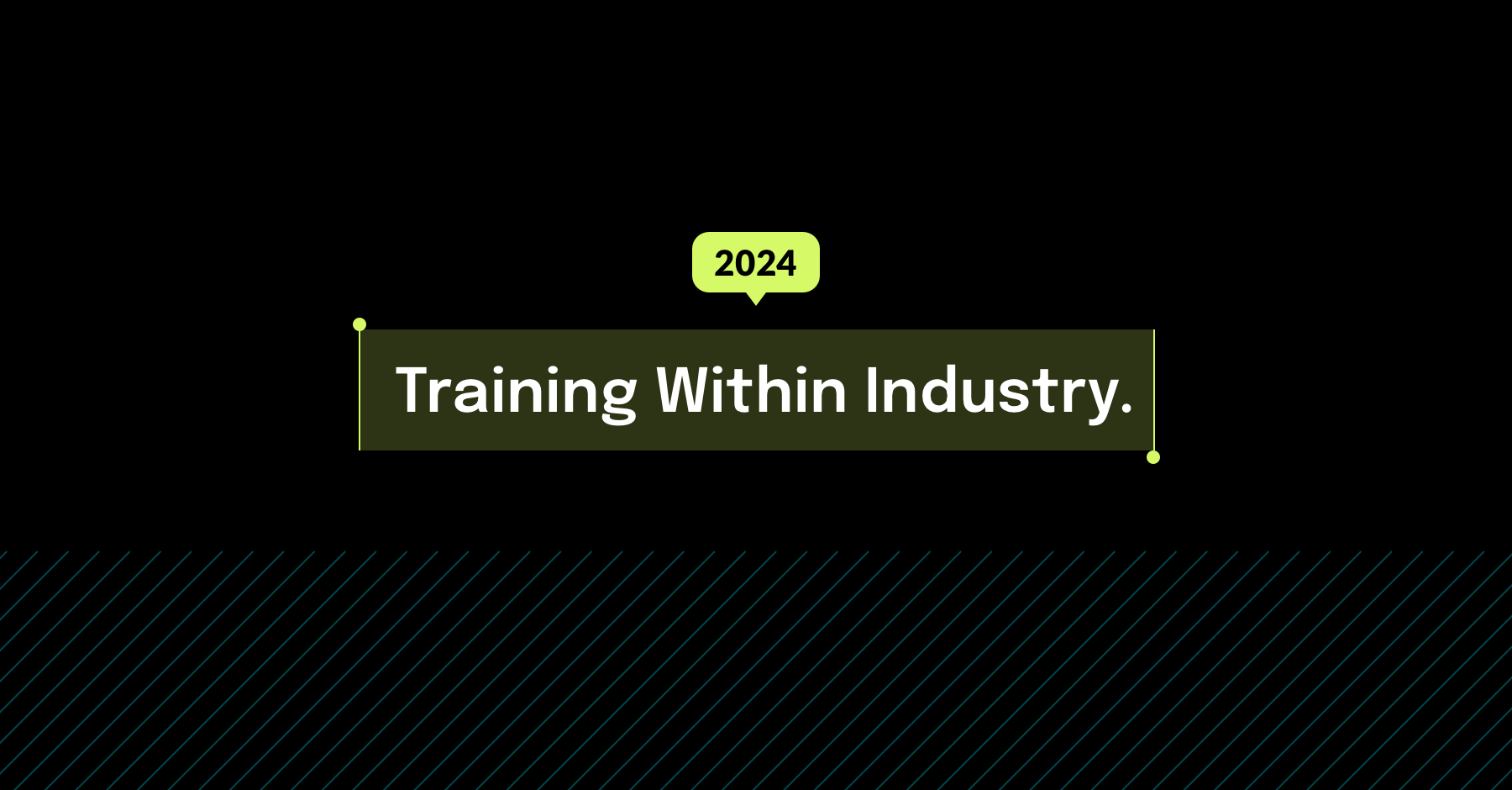

Manufacturing Standardization Done Right.
Empower sustainable manufacturing standardization across your value chain that drive lasting improvements. Optimize processes and boost efficiency today.
Manufacturing standardization for the win.
Manufacturing standardization = The idea that manufacturing processes and procedures are carried out in a consistent and reliable manner.
Entire philosophies of work have been created to continuously improve standardization in manufacturing, just look at famous methods like TPM, TWI, Lean, and Kaizen.
Standardization is one of the most important pillars to effective production.
But most companies get manufacturing standardization wrong. In this article, we'll see how to get manufacturing standardization right.

Why is manufacturing standardization so great?
- Margins are systematically improved
- Increase productivity
- Reduce costs
- Streamline operations across workstations, sites, and value chains
- Greater autonomy and empowerment for your workforce.
- Frontline team members can get their task done correctly and efficiently
- Reduce errors and downtime.
Common ways to promote standards.
- Creating and distributing standard work via Standard Operating Procedures (SOPs) and work instructions.
- Communicating standards with physical work boards or digital communication platforms.
- Audits and Gemba walks.
Common pitfalls in managing standardization processes.
- Overly detailed or complex = difficult to understand.
- Not embedded in the flow of work = difficult to use effectively.
- Presented in an overwhelming quantity or format = confusing.
- Perceived as irrelevant for the task at hand = don’t align with the end-goal.
- Don’t present the most effective way to reach the end-goal = obsolete.
- Out of date (e.g. changes have been made to improve the content, but these changes haven’t been distributed) = not relevant.
- Unavailable or difficult to locate in the moment of need = not accessible.
- Perceived as existing only for audits and compliance = not taken seriously.
- Standards exist only in one location, or only in a certain site, and aren’t shared across a value chain = no sharing of best practices.
... so where do you start to improve manufacturing standardization across your value chain?
Creating solutions that last.
When we think about standardization, we often focus on the tools we give operators to align their work with our desired result. These are usually SOPs and work instructions that describe the methodology of daily work. Indeed, they're essential.
But effective standardization across a manufacturing value chain is much more than a set of great instructions.

This ability to last and continue to create better standards is often referred to as Robustness, identified in six distinct levels.
Experts agree that true success in manufacturing starts around level four - when sustainable, robust processes for standard work are reinforced with systems that create a culture of continuous improvement.

- Level 1:
This describes the least desirable solution. Level one initiatives involve simply introducing a new way of working (this could be a new method for executing a machine changeover, for instance), without any systems in place for follow-up or support. Solutions at this stage often fail when teams simply revert to their old methods. - Level 2:
The next step is to change the way of working while reinforcing and monitoring adherence to new standards with checks and audits. This helps promote these new standards, but does little to help the workforce accomplish their tasks more effectively. - Level 3:
Here’s where manufacturers can start supporting the workforce while simultaneously delivering resources to make their tasks easier and more intuitive. Example: using visual aids to help clarify the way of working in conjunction with audits to monitor adherence. - Level 4:
Level four represents a turning point. True, sustainable standardization initiatives do more than change a way of working - they create a culture and governing philosophy to help make it mistake-proof. Example: Poka Yoke. - Level 5:
Full automation of the task at hand. This simply removes the need for continuous support because the task is now automated. Improvement initiatives can instead be focused on other, non-automated tasks. - Level 6:
Removing the task entirely. This level deals with overhauling an entire system of processes and procedures, and ideally removes any extraneous tasks. Manufacturers should be continuously identifying and removing potential redundancies and extraneous tasks to streamline the overall production process.
Process Confirmation =
Enforcing standardization from a culture of continuous improvement.
How can manufacturers implement and enforce adherence to standards in a way that’s productive and sustainable?
Experts describe this process as much, much more than putting standards in place and making sure they’re upheld.
Rather, it’s about creating an open and productive dialogue between operators and their supervisors in order to answer these crucial questions.
- Do standards exist and are they available where/when needed?
- Are the standards known and applied?
- Are the standards effective in reaching defined goals?
- Are deviations from standards being addressed?
The "What" of Process Confirmation.
Supervisors should perform regular tours of the shop floor to assess the real execution and implementation of standard work.
- These often take the form of Gemba Walks - but the most important element is that supervisors are physically present.
- During these observations, supervisors should be performing real and critical evaluations of the execution of standards.
- A common pitfall for manufacturers is to simply rely on audits and data to make judgements about shop floor performance, rather than objective observations.
- At the end of the day - it’s about fostering an atmosphere that encourages a discussion about what’s really working and what’s not.

The "Why" of Process Confirmation.
It’s incredibly important that the authors and [auditors/reviewers/standard-holders] see first hand the general ability to work according to the prescribed standards.
- Are they realistic?
- What are the pain points?
- How can they be improved?
Rather than simply distributing SOPs and work instructions that tell how to do the job, leaders should also focus on developing the team through feedback, coaching, and advice.
Through process confirmation initiatives like these, with supervisors and “higher ups” physically present on the factory floor, a genuine feedback loop can be created and work can improve from a sustainable and holistic perspective. Just remember, it’s not an Audit - it’s an open conversation about the following:
- What we want to achieve - Purpose.
- How we can best achieve it - Process.
- And if we’re achieving it consistently - Results.

Taking standardization in manufacturing to a global level.
It’s essential to both product quality and your bottom line that the same processes and procedures are being carried out in the same way at a factory in Sweden, as they are in a factory in California.

Look for solutions that facilitate the feedback loops essential to making continuous improvement a possibility on a global scale.
Improvements to processes and procedures can be shared instantly, anywhere within a value chain. Progress can be monitored with the help of skills management solutions, and any essential information can be delivered throughout a supply chain via advanced communications networks.
But like most things, effective standardization in a manufacturing value chain always starts with the human factors.
Want to learn more about manufacturing standardization?
👉 Webinar: Perfecting Standardization Across Your Value Chain.
👉 What is a SOP?
👉 Digital Kaizen SOPs to Standardize and Continuously Improve.
📝 This article is written in collaboration with:
- Marie-Phillipe VanHeems( I Love Opex) helps conscious leaders to transform and re-boost their business by challenging the status quo.
- Marc Thys (Mobius Business Redesign) helps companies develop their capability for excellence through Lean, Six Sigma, TPM, and High-Performance Work Systems (HPWS).
Author
Revisions
It's time to simplify frontline training
Work instructions, checklists, and skills management - all in SwipeGuide
- Cut training time by 50%
- SOC I and II compliant

